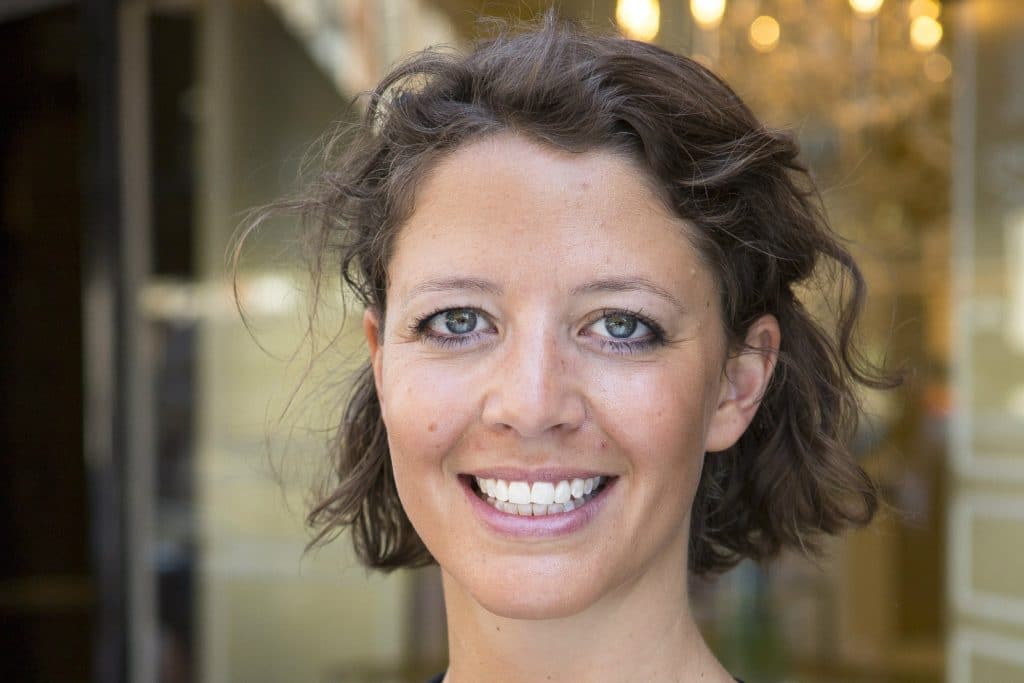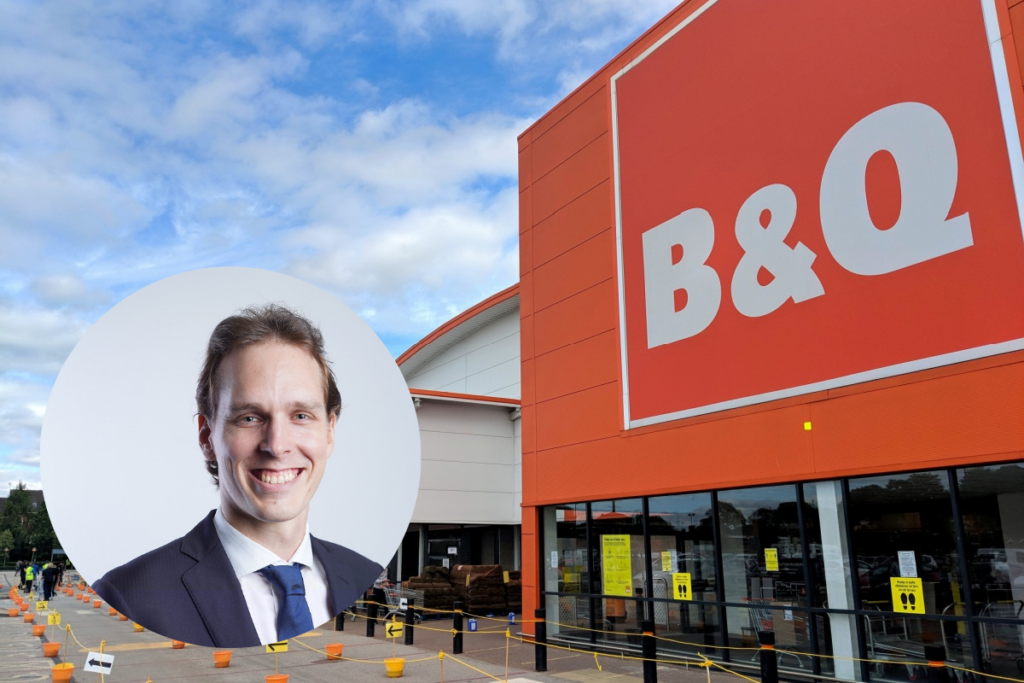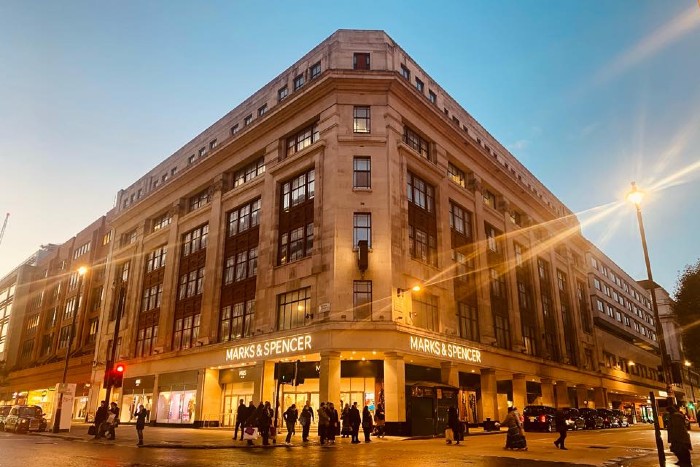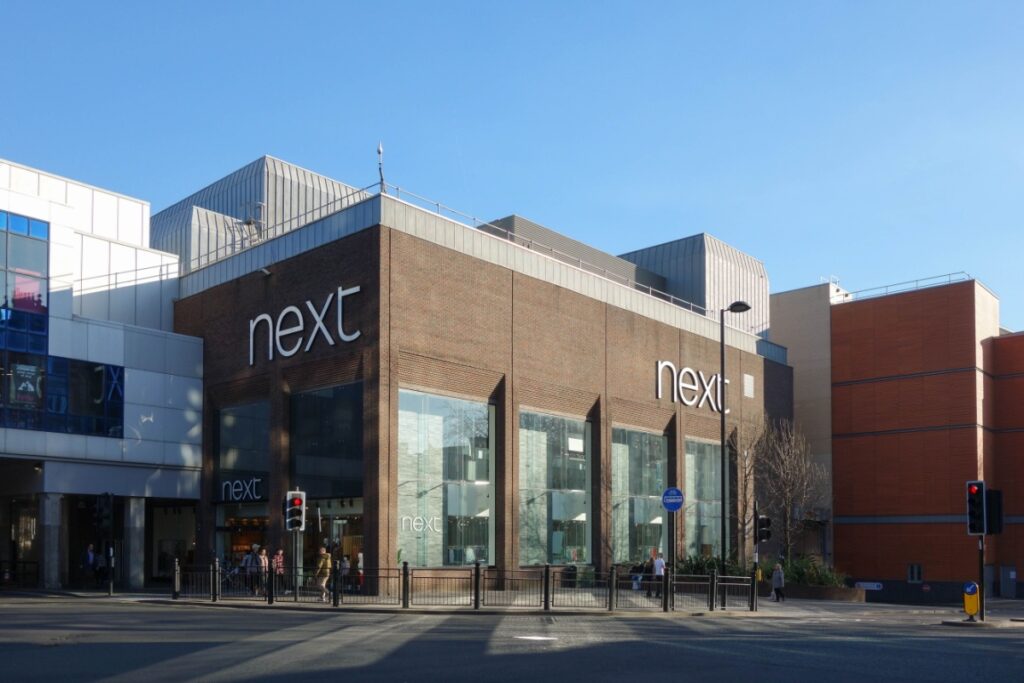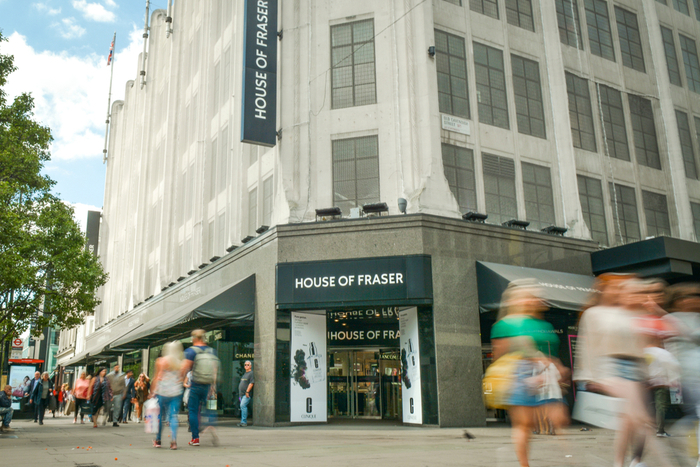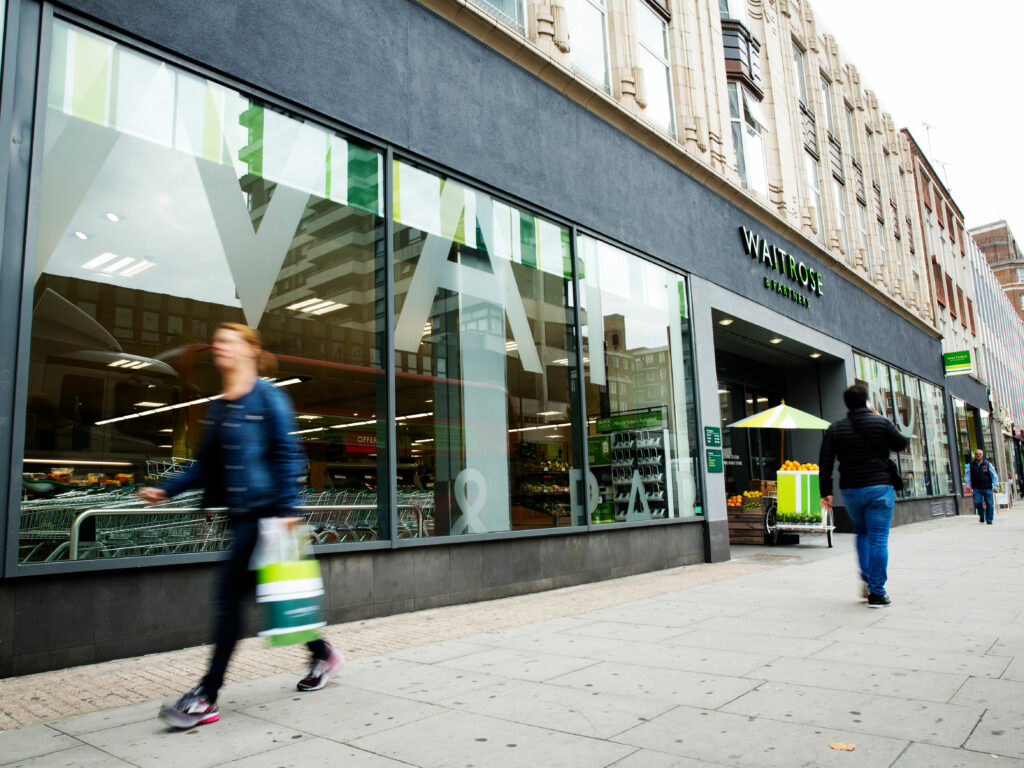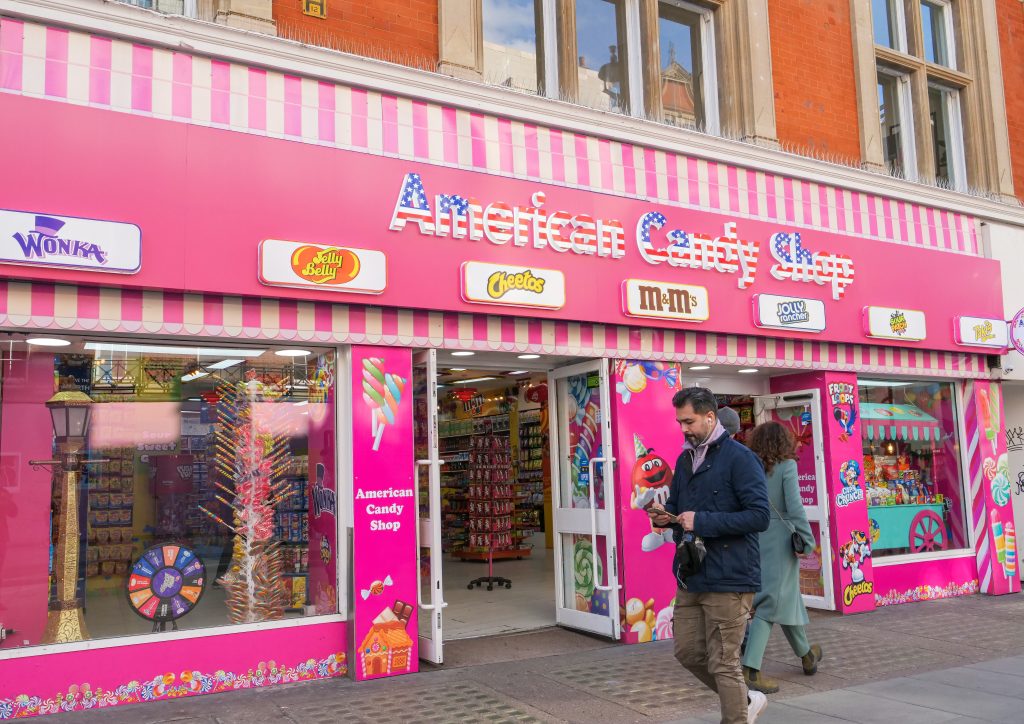In retail the headlines are so often reserved for those on the front lines: the big tech companies promising to revolutionise the way we shop; the heritage retailer in financial turmoil; or the young high street chain gobbling up market share relentlessly.
When things are moving so quickly, it’s easy to forget that the challenges, developments and triumphs are felt by each and every party involved in the retail process from the ground up.
Despite quite literally providing the foundations for retail to operate, landlords are often overlooked. Yet, with the physical needs of retailers becoming an increasingly contentious topic, their role is becoming more and more important.
At the heart of the country’s most lucrative, sought after and congested shopping district is the Grosvenor London estate, comprising 300 acres of prime retail space across Mayfair and Belgravia.
“Our retail portfolio is currently around a third of the portfolio’s value at around £1.4 billion,” Grosvenor retail leasing director Joanna Lea told the Retail Gazette
“It covers 1.75 million sq ft, which I think made us the equivalent of the fourth largest shopping centre in the UK, we have around 546 shops 66 per cent of which are independent.”
If you were opening stores maybe 10 or 15 years ago you might be looking for say 120 stores, these days you’d be looking for 30
As such a key jewel in the UK’s retail crown, Grosvenor’s attitude and approach to retail’s evolution over coming years will have as significant of an affect on the wider industry as any heavyweight retailer.
Of course, this is not a consideration they have taken lightly, announcing a £1 billion 10-year strategy to address the massive changes that will soon engulf London’s West End.
“As landlords we have to change, we have to become attractive and adapt to the way retailers are changing,” Lea said.
“We’re trying to get the message out there that the estate is changing, we want Mayfair and Belgravia to become more used by lots of different people.
“We’re in a fortunate position that we are able to take the long-term view, but equally we’re being very pragmatic in our decision making.”
Amid this strategy, it is seeking to address the “the significant challenges London is facing including population growth, the launch of the Elizabeth line, and strain on infrastructure and amenities”.
An immediate consideration is the increasingly problematic threat of CVAs, a form of insolvency becoming popular with retailers struggling financially.
This is especially relevant for landlords like Grosvenor as it allows retailers to abruptly close stores which are underperforming and seek significant rent reductions on the rest of their estate.
“There is a sense that the landlords will have to pick up the can and the lease they signed a number of years ago is worthless, and that is quite challenging,” Lea said.
“To date we haven’t had any tenants that are in CVA, but I will say it does impact our estate in the sense that its constantly talked about.
“Therefore, that creates nervousness, although the businesses are very different it is a constant reminder that the retail industry is in turmoil and therefore brands are much more considered about making those decisions.”
Though its estate is yet to feel the effects of this growing trend directly, it has been forced to adjust its approach indirectly, as retailers are approaching expansion far more cautiously.
“Certainly, something that we’ve been seeing is where historically brands might be focused on maybe two or three stores, or running two or three projects at the same time,” she continued.
READ MORE:
“Actually, what we’re finding is they’re focusing on one, then focussing on another. It doesn’t necessarily mean they don’t have the same thought process in terms of their roll out programme or the number of stores, it’s just the time its taking, which is frustrating at times.
“If you were opening stores maybe 10 or 15 years ago you might be looking for say 120 stores, these days you’d be looking for 30.”
It is often these very leases which contribute to a retailer entering a CVA, with many retailers citing some as long as 50 years with almost no flexibility as a key cause. Once again this is something Grosvenor has taken note of and is leading the pack in terms of affecting change.
“The majority of leases we grant are five years or less,” Lea told Retail Gazette.
“Where we have bigger spaces of course we’d grant a longer lease, but the majority we do keep short mainly because many retailers are demanding that.
“From our own perspective its quite helpful because it means we have the opportunity to change the tenant mix should we want to do that and evolve it.”
Although some troubling trends are emerging in retail, the group’s major investment into its retail arm speaks to the confidence and commitment they have in the sector.
With the Elizabeth line soon coming to the West End, bringing with it 20 million extra people, its strategy will help shape the future of both its own estate and the shopping experience in the area for decades to come.
Because our estate is off the main streets it actually does provide that haven of more tranquillity
“It’s something we’ve been thinking about quite a lot,” Lea explained.
“One of our key things is obviously we want to get people down and into the estate, but then we also have to think about can the estate actually physically cope with the sheer volume of additional people.
“We’re really thinking about the needs of those customers, thinking about how we can encourage them through across the estate, thinking about reasons for them to come across.”
This involves a push to create a sense of community between the retailers in the area, making the estate less about the individual shops and more about the destination itself.
“We’re really trying to build communities, we see ourselves as a facilitator and an amplifier,” Lea said.
“We’re really trying to encourage the collaboration between the brands. It’s getting that insight into our occupiers, understanding how they’re trading.
“Understanding how our investment in the streets and public realm and marketing is paying off.”
In a similar vein, Grosvenor is seeking to invest heavily in the public realm element and has already begun a ground-up transformation of one of central London’s only green spaces, Grosvenor Square.
A key part of this, and in direct response to the coming influx of pedestrians, is the pedestrianisation of Motcomb Street. This is a strategy that has been hotly contested in the surrounding area, with Westminster Council announcing last month it had rejected plans for the pedestrianisation of Oxford Street.
“Because our estate is off the main streets it actually does provide that haven of more tranquillity,” Lea explained.
“We do invest heavily in public realm, we were some of the first people to bring in the place making element.”
Lea and her team at Grosvenor’s commitment to retail in such tumultuous times, alongside their strategy for dealing with the changes on the horizon, provides a refreshing reassurance.
In the rapid and uncertain modern retail landscape, one can take solace in the fact that the metaphorical and literal bedrock of the retail industry is a solid one.
Click here to sign up to Retail Gazette‘s free daily email newsletter

